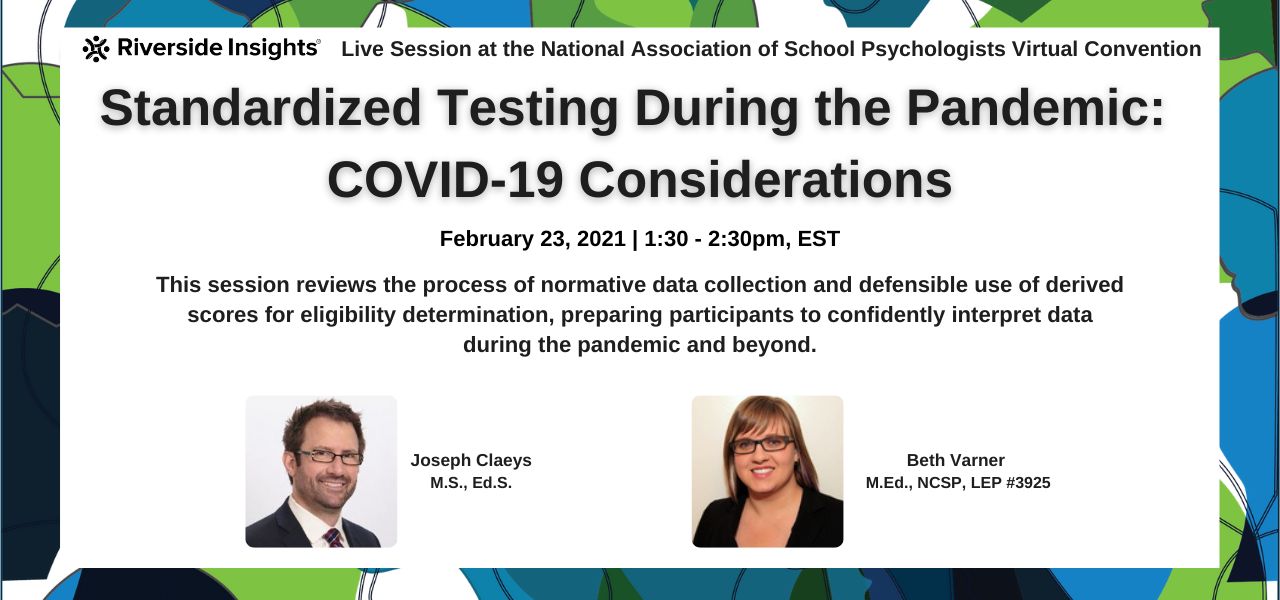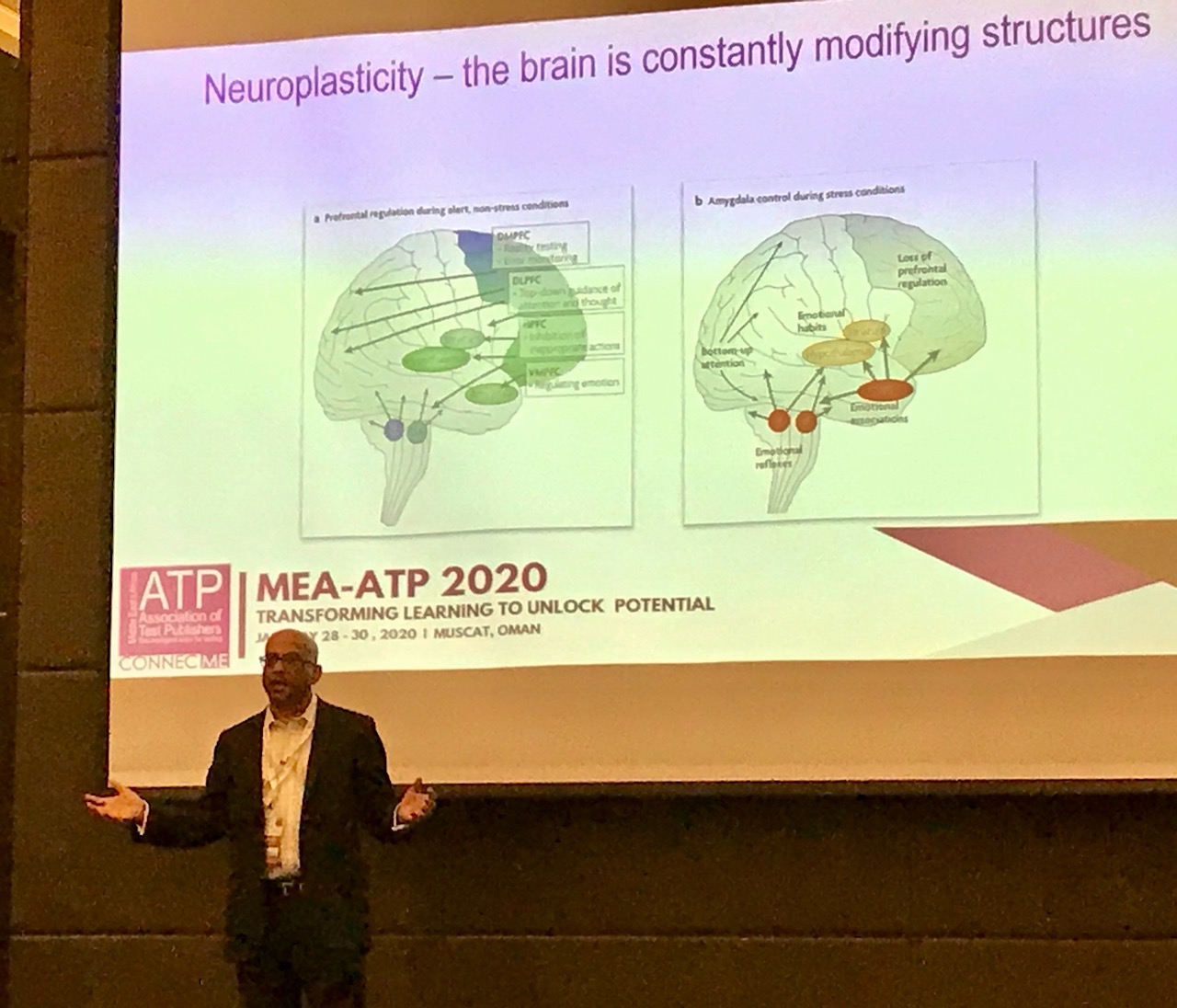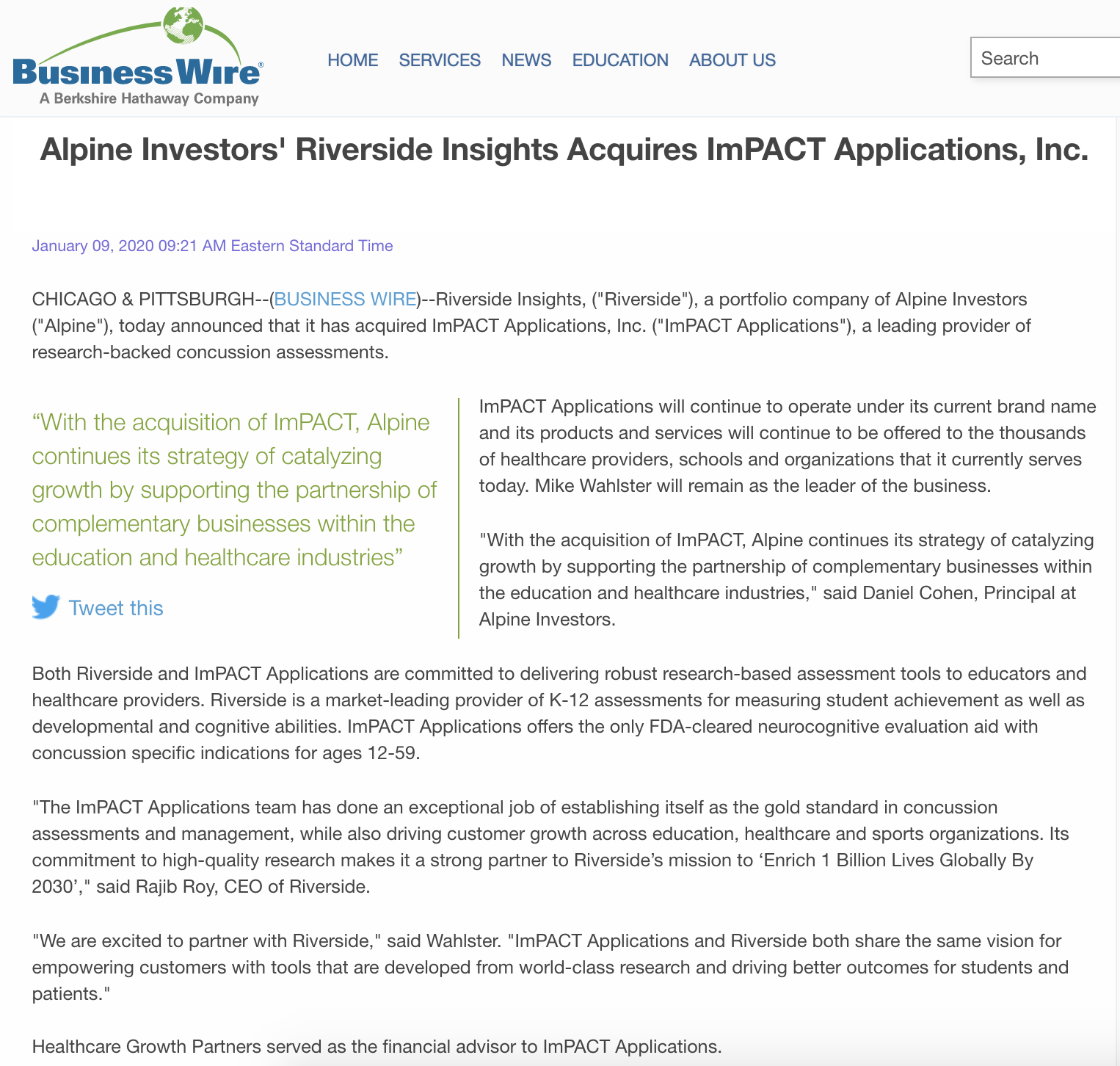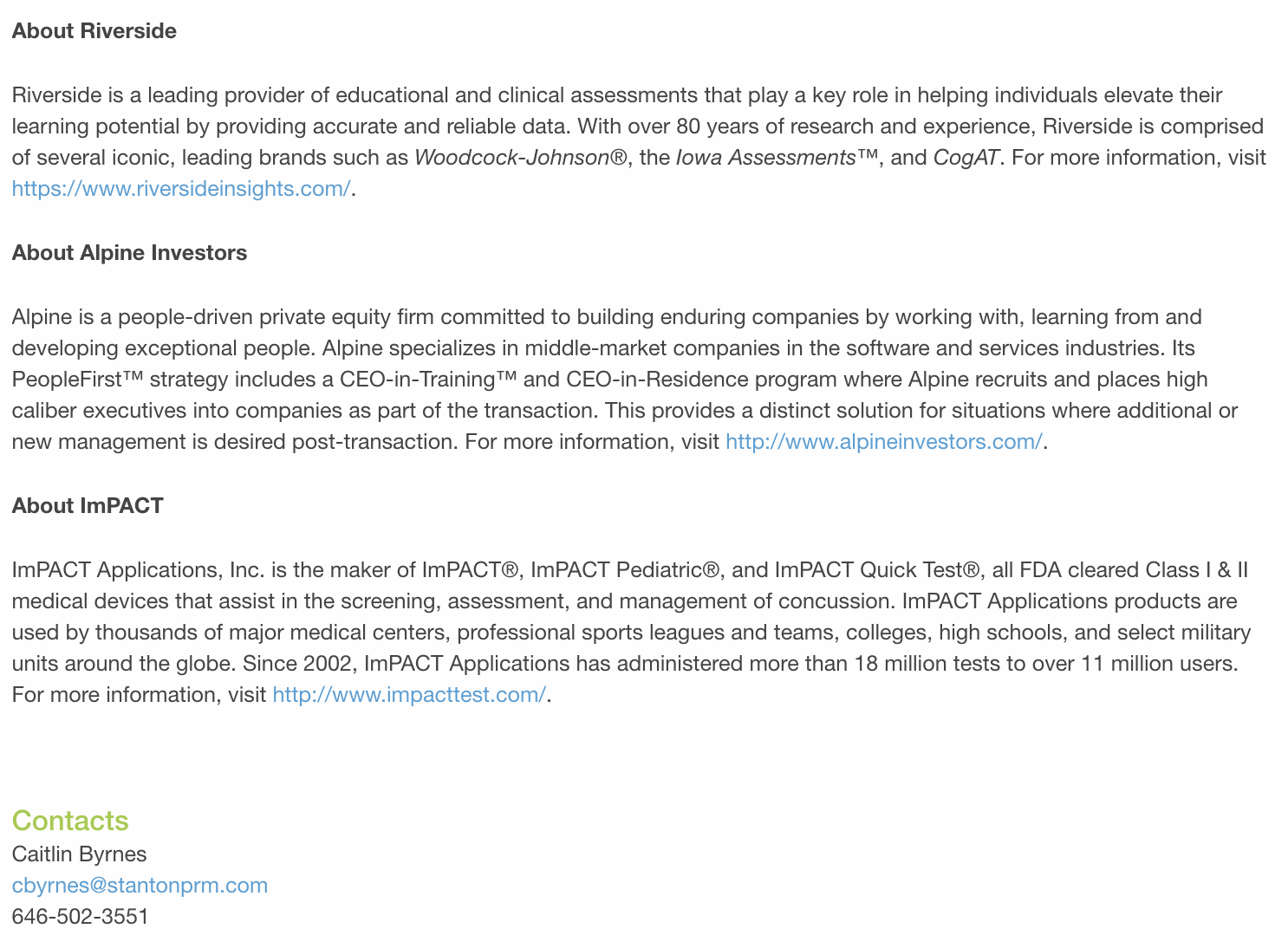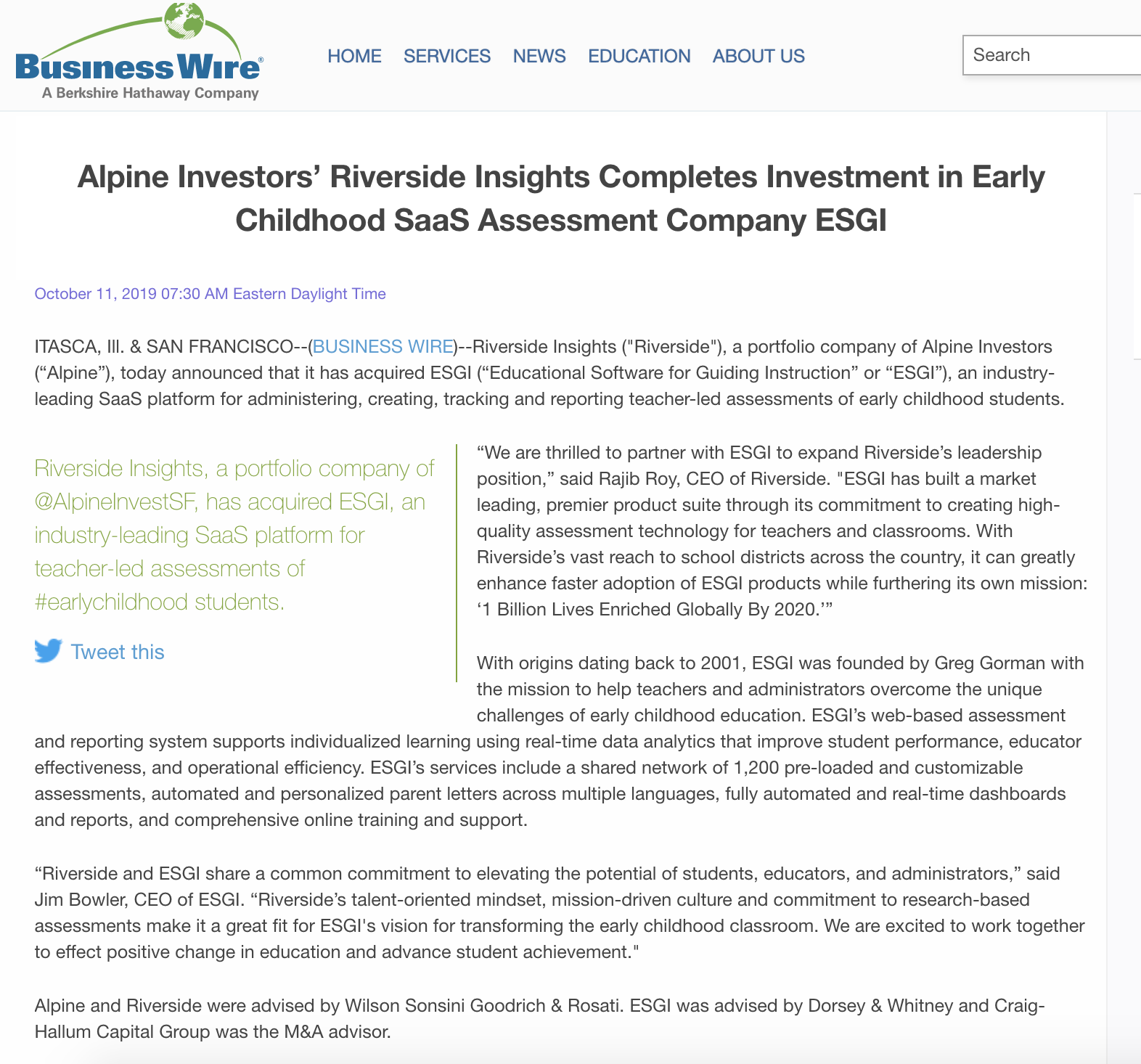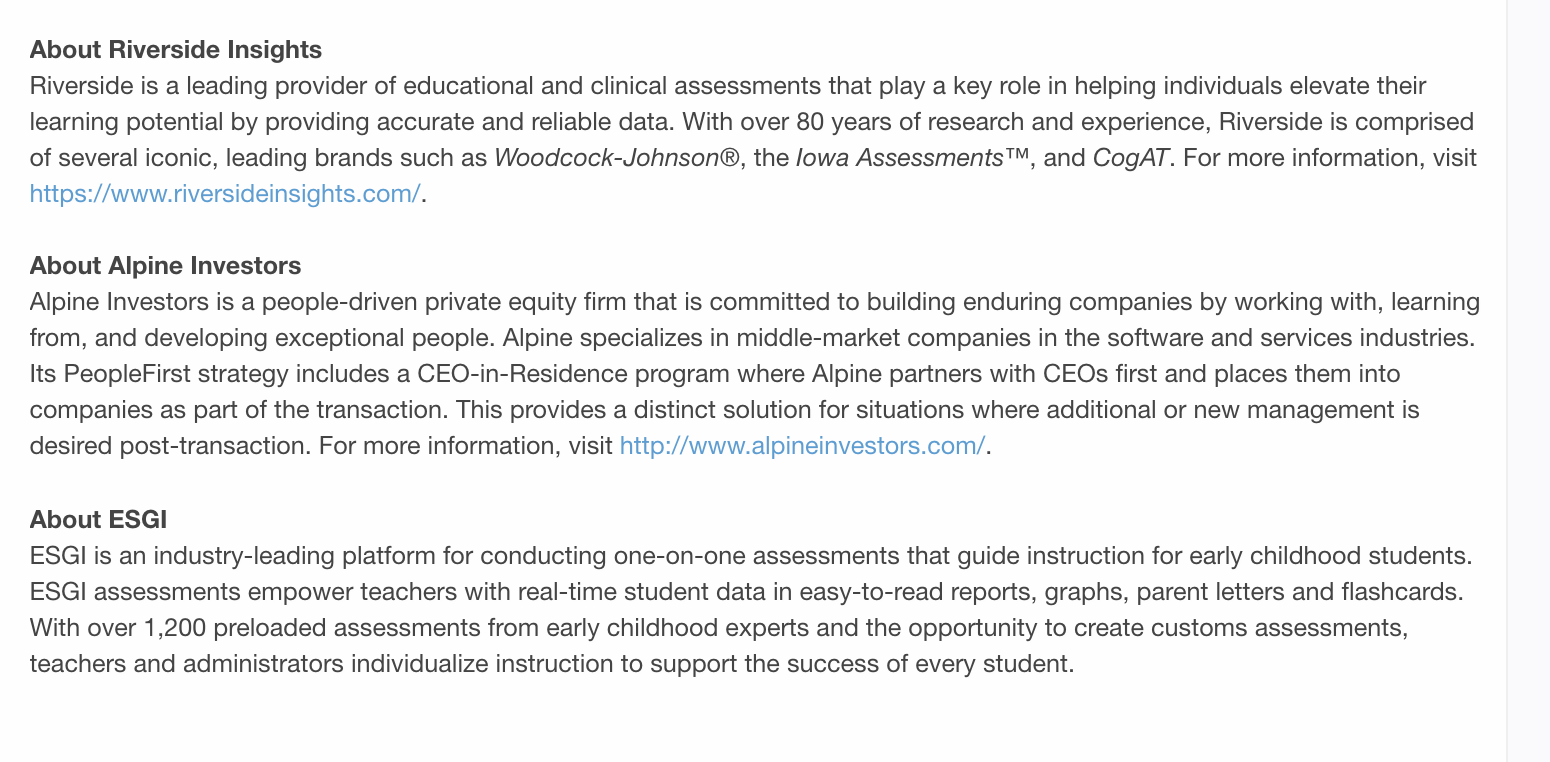How do you think about anonymous forums for employees to talk to CEO?
I have been going thru one more of those situations where something I deeply believed in has been brought to question. Would be interested how you would think about this – regardless of which side of the table you are in.
It has been nearly a 14 years practice of mine to create an anonymous platform where I take questions from employees and answer them. The process is that employees write out the questions in an anonymous chat platform. I get to read out the questions and answer them in a conference call as the questions are being typed out.
We even fashionably call it “Wireside Chat”. My belief has been that by doing this, I was sending strong signals to the company that we want to create an environment where people could speak their mind even if that meant they were uncomfortable doing so publicly.
In the very first company I did this, I have to admit the questions took me by surprise. Anybody listening in would think we had a bunch of inconsiderate folks working in the team. In fact, one of questions I still remember is “Why does ABC (one of my direct reports) have a job?”. Questions were incredibly personal and seemingly pointless.
While I did my best to answer those questions, I realized how much of a culture and chemistry issue I had inherited in my new job. In any case, three years later, the questions had become almost always very business and market oriented. It almost felt silly to use an anonymous platform for those questions.
In subsequent jobs, my starting points were a little better but I kept up with the practice.
Recently, in a CEO forum, a peer CEO made, what I thought was, an excellent comment: “We will not have any anonymous platforms. If you feel uncomfortable with your manager or his/her manager, come and talk to me. I will give time to any employee if they want my time”.
After a 20 minute discussion, I understood how she was thinking. From her point of view, she does not want to give employees a curtain to hide behind. She even mentioned how this is equivalent to internet trolling. As long as she has kept her door open, she feels she has done the right thing. Beyond that, the employee needs to come out and speak his/her mind from a position of conviction. Of course, confidentiality of the conversation is totally assumed.
She reported that this has led her to have very enriching give and take (which I could not do in my Wireside chats – it was “ask a question, get an answer”) and also gave her a chance to mentor some employees.
I totally see merit in her argument.
But I also am worried that not everybody might have the comfort level to talk to the CEO. And that anonymity – at least to begin with – matters.
I am confused.
What do you think I should do?
